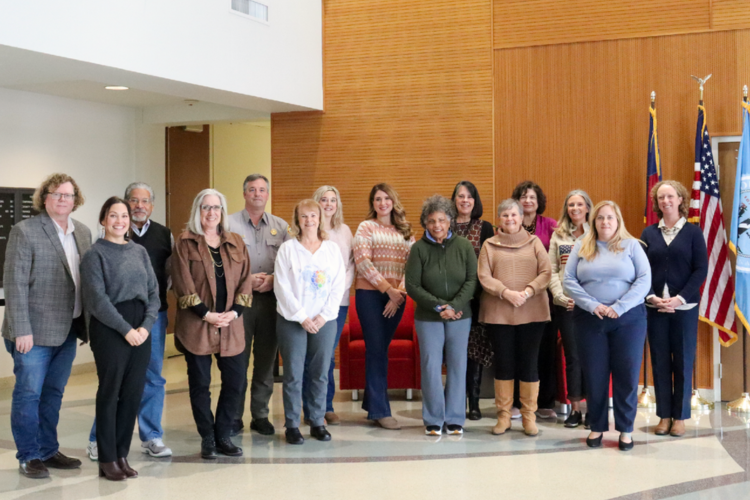Extensive Frisco Pier Removal Project Begins
The initial staging process of the Frisco Pier Removal project has begun, but dismantling and tearing down the pier will not be a quick undertaking.
On December 5, the Frisco (aka Cape Hatteras) Pier was surrounded by a large metal fence to make the area safe for the public, and a series of separate tasks need to be completed before the pier has fully disappeared from the local landscape.
“They are in the staging mode right now,” says David Hallac, Cape Hatteras National Seashore Superintendent, “and they are spending a little time preparing the area.”
It is hoped that the removal will be completed in its entirety by the beginning of May 2018, but there are a lot of moving parts and potential weather-related setbacks that could delay the process.
Asbestos has been identified in tiles in the pier house, so a special contractor will soon be enlisted to go into the pier house and perform asbestos abatement and removal.
From there, crews will spend a chunk of time removing the pier house itself, as well as the visible pilings that are sticking out of the sand and water.
“Once they finish this phase of the work, which is mostly on the beach, then they will move on to the pilings in the water,” says Hallac.
There are a total of about 263 pilings that need to be removed during the project, and of these, 120 are completely hidden as they have broken off beneath the water’s surface.
“The pier probably has more [components] that are hidden underwater than what you see from the land,” says Hallac.
In 2009, the back of the pier house to the end of the pier extended for an interrupted 600 feet. 2010’s Hurricane Earl removed a large portion of the then-closed pier, and subsequent storms have continually battered the structure in the years since.
Today, the longest section of the remaining pier is less than 120 feet, the second longest is about 110 feet, and the rest of the visible structure measures 15-20 foot long. “More than 60% of the pier is completely gone,” says Hallac.
Divers will be enlisted to tackle the hidden and underwater pilings, but the success of their work is dependent on the weather.
“Any work in the water requires fairly calm sea conditions, so they will need to find windows of opportunity where they can utilize a small platform or barge to safely remove the pilings,” says Hallac.
The project will temporarily end in late April or early May regardless due to the sea turtle nesting season, however depending on the weather, it may be finished before then.
“We’re hopeful that the contractor will be able to complete the work before the beginning of May,” says Hallac, “but it’s hard to predict the completion time when weather is such a big factor.”








